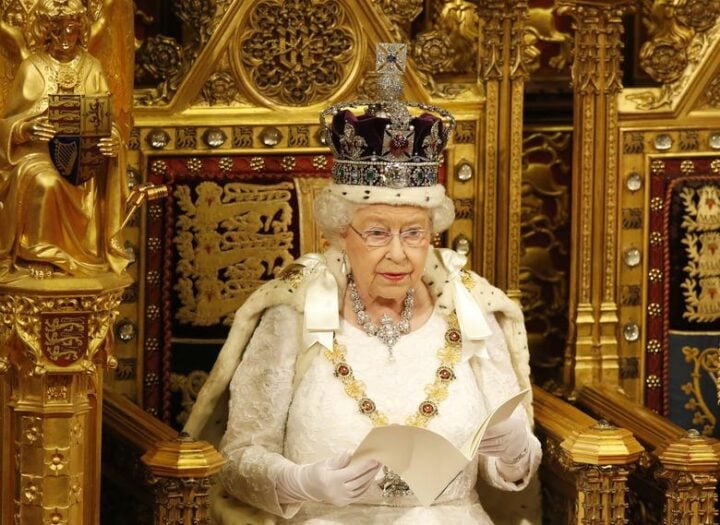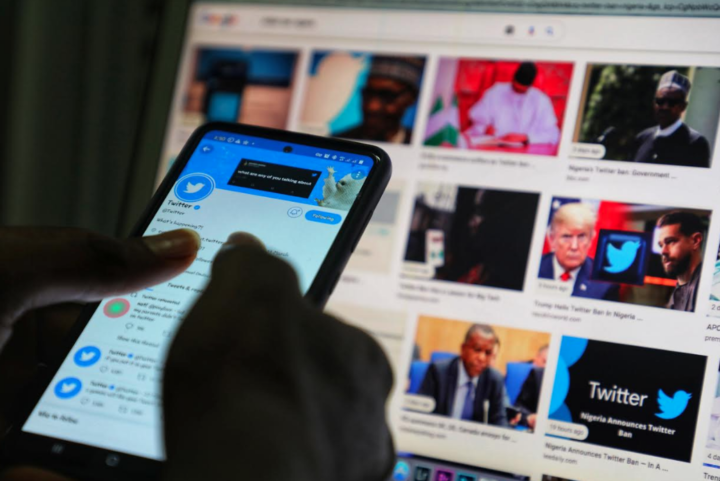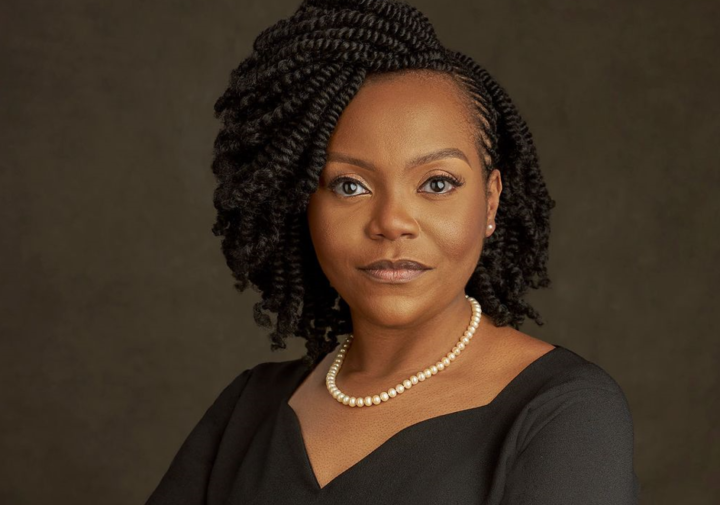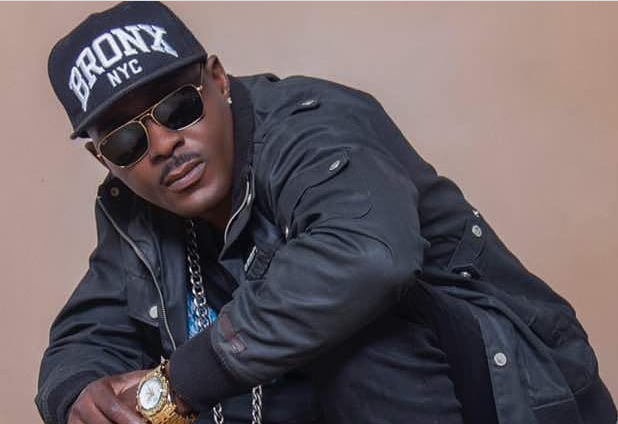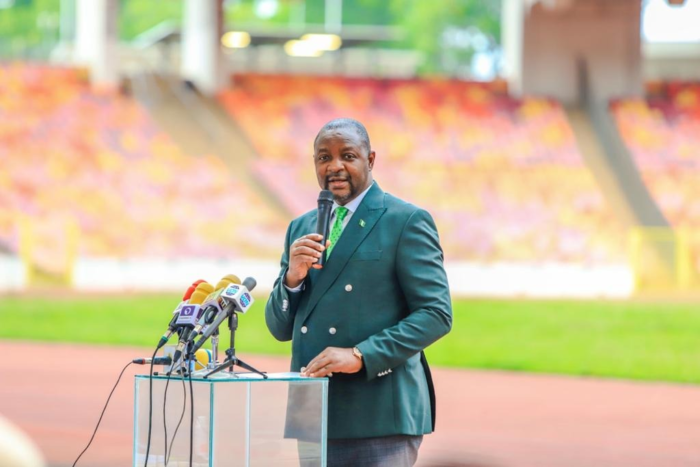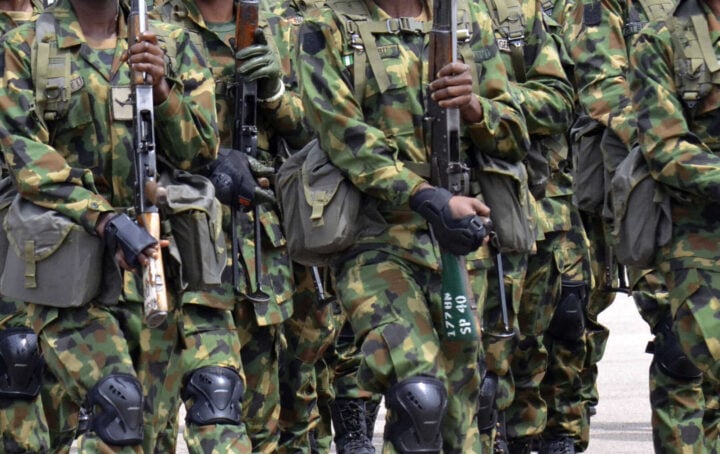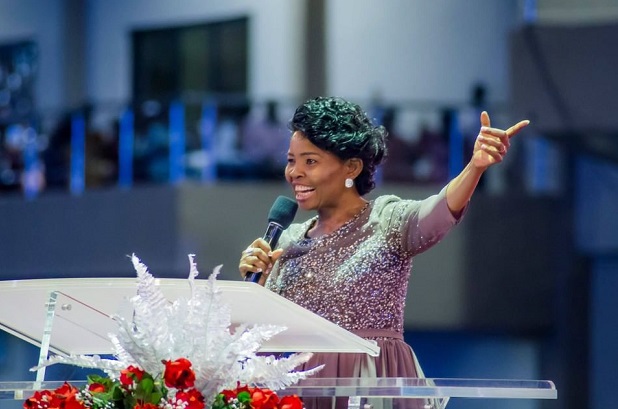Britain's Queen Elizabeth reads the Queen's Speech during the State Opening of Parliament in the House of Lords in London, Britain May 18, 2016. REUTERS/Alastair Grant/Pool
The cathedral bells are knelling, reverberating the dark news across the world. “Operation London Bridge Is Down” has moved into full swing, through hush tones and codified languages; leaders of Commonwealth nations are roused by the grim tiding. Queen Elizabeth II has breathed her last after 96 years on earth, outlasting 14 British prime ministers, six Popes and 14 Nigerian heads of state. In an ancestry famous for its unusually long lives, she out-reigned them all to become the longest-serving monarch in the history of Britain.
Presumably, nobody’s death has been rehearsed and prepared for like the passage of Queen Elizabeth II. There is a secret language and ears have been drilled for the occasion. Media houses around the world can finally unfurl thousands of colourful contents gathered and garnished over the years. Queen Elizabeth’s death wraps the world in a dark pall and screeching mourning.
However, as she lies still and lifeless in a hall at the Balmoral Castle in Scotland, with all the gracefulness, it’s almost impossible to believe she was not born to wear the crown. But destiny spun the wheel of power in her path.
She took it in stride and went from a girl in a glittering tiara and charming smile to the woman with a golden crown and power that once spread from the Great Barrier Reef at the tip of Australia to mountainous archipelagoes scattered across the mouth of the Atlantic Ocean.
Advertisement
EARLY LIFE AND MARRIAGE TO PHILIP
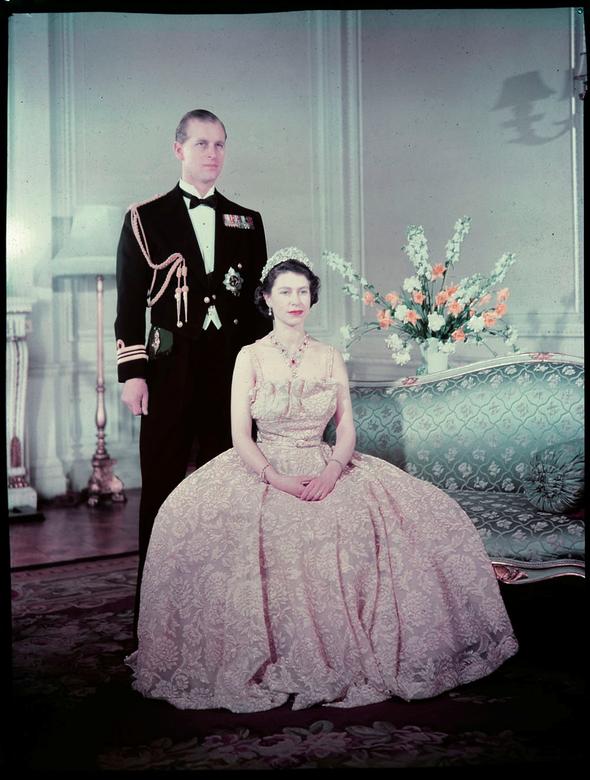
She was born on April 21, 1926, at Mayfair, London and was christened Elizabeth Alexandra Mary – after her mother, great grandmother and paternal mother. She was the first child of The Duke and Duchess of York. Elizabeth spent her formative years surrounded by royalties like King George V and Queen Mary, her paternal grandparents, and the Earl and Countess of Strathmore, her mother’s parents.
Elizabeth was homeschooled like many girls from wealthy families at that time. Her father tutored her while Henry Marten, the vice-provost of Eton, also took some sessions. The Archbishop of Canterbury helped her master the religious teachings.
Advertisement
Elizabeth learned French, became a fluent speaker of the language and studied art, music and swimming. She won some prizes as a swimmer in her childhood.
Elizabeth was third in the line of succession to the British throne at birth, behind her uncle, King Edward VIII, and her father. The throne was expected to remain with Edward and his descendants. But Edward abdicated the throne, just less than a year after he was crowned, to marry Wallis Simpson, after her divorce status created a constitutional crisis.
Upon her uncle’s abdication, Elizabeth’s father acceded to the throne as King George VI, and she was named the heir presumptive.
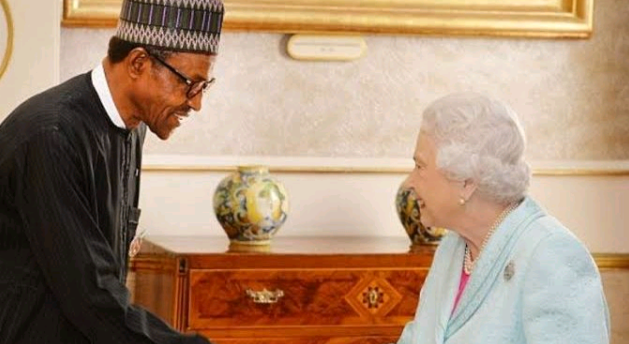
Advertisement
With the new twist, the heir presumptive started studying constitutional history and law to prepare for her future role.
Elizabeth saw Prince Philip of Denmark and Greece, her second cousin, for the first time when they attended the wedding of Princess Marina of Greece and the Duke of Kent in 1934, and the two kindled their love story.
Although they were teens, the duo began to exchange letters, and their love waxed stronger, which culminated in their marriage on November 20, 1947.
Phillip had to renounce his Greek and Danish titles, officially convert from Greek Orthodoxy to Anglicanism, and adopt the style of Lieutenant Philip Mountbatten, taking the surname of his mother’s British family, before advisors of the king could sanction the wedding.
Advertisement
The wedding ceremony, held at Westminster Abbey, earned the couple about 2,500 gifts from around the world.
The union was blessed with Charles, its first issue, on November 14, 1948, and later Anne. They added Andrew and Edward to the family after Elizabeth’s accession to the throne.
Advertisement
ACCESSION AND CORONATION
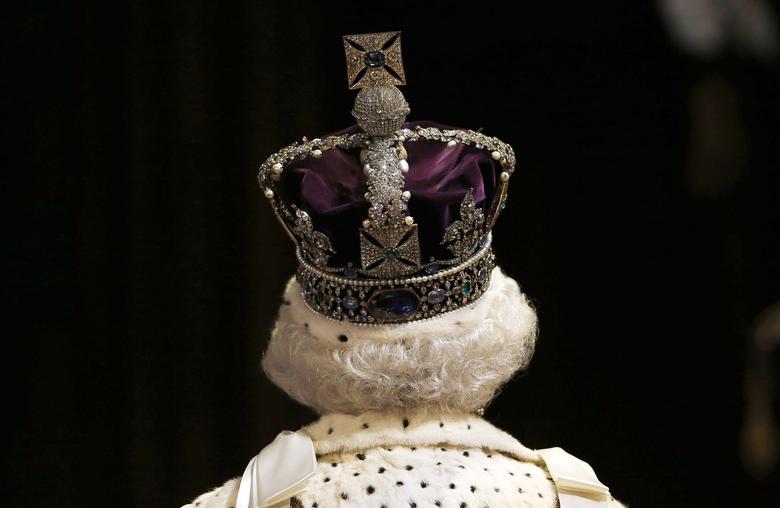
On February 6, 1952, King George VI had a prolonged illness and Elizabeth immediately acceded to the throne. She became Queen Elizabeth II and took on all the responsibilities that came with her new title.
Advertisement
Her coronation took place on June 2, 1953, and was held at Westminster Abbey. The ceremony was the first British coronation to be broadcast live on television. Some 27 million people in the United Kingdom (out of a total population of 36 million) watched the ceremony, and 11 million more listened on the radio. Afterwards, some 3 million people lined the route as the queen and her entourage made their slow procession back to Buckingham Palace.
She would go on to reign for another 70 years, becoming the longest-serving monarch in the history of Britain. She surpassed Queen Victoria, her great-great-grandmother, in 2015.
Advertisement
The queen is said to be the first monarch to send an e-mail in 1976. At 18, she served in the British military as a volunteer mechanic and truck driver during World War II. During her reign, she visited over 100 nations.
THE SHRINKING OF THE EMPIRE UNDER ELIZABETH
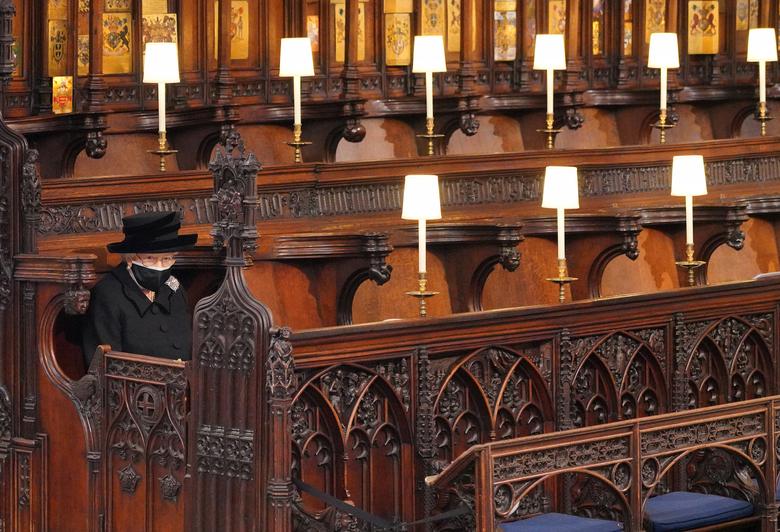
Queen Elizabeth II ascended the throne at a period when the wind of independence was sweeping wildly across various colonies of the British empire. The empire shrunk under her reign. At the apogee of the British empire, one in every four people in the world was a British subject.
When Elizabeth began her reign, Britain had more than 70 territories overseas. But several of these territories had begun pressing to be freed from the empire’s control and attain independence. Still reeling from the effects of World War II, Britain realised its hegemonic hold on the colonies had begun to slip and it began to withdraw from its territories both in Asia and Africa.
Within the first ten years of her reign, 13 British colonies gained independence. Elizabeth was the monarch of just 15 countries known as commonwealth realms before she breathed her last.
HER EFFORT IN FIGHTING WORLD POVERTY
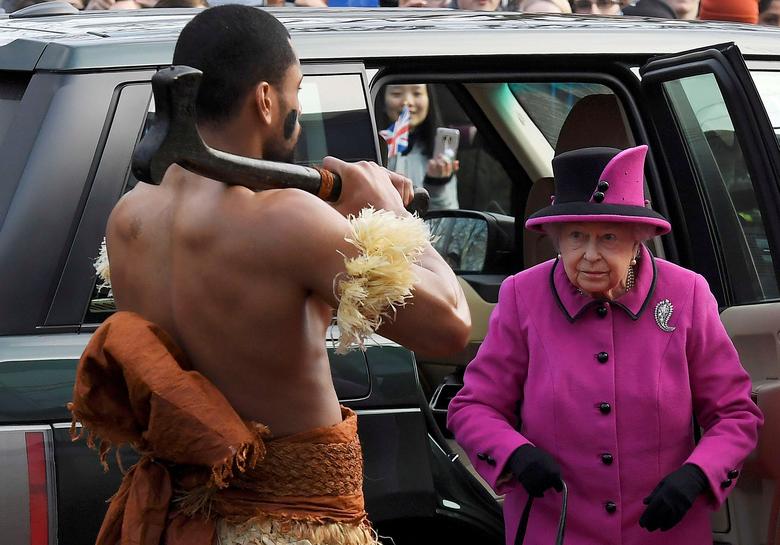
She served as patron of over 600 charity organisations, including the British Red Cross, Cancer Research U.K., Blind Veterans U.K., and Save the Children U.K.
As the patron of these organisations, she leveraged her influence to direct the attention of rich and powerful figures to important causes. She helped them to raise more money than they could otherwise. She hosted several luncheons and tea parties at Buckingham Palace every year to raise funds for several causes.
The queen didn’t just influence other people to donate money to charities. She also contributed to causes that spoke dearly to her. In 2015, she presented an undisclosed amount to Disasters Emergency Committee’s appeal to help the victims of the devastating earthquake in Nepal.
All proceedings from the auction of her 90th birthday medals were distributed to 76 charities of her patronage. In 2021, her husband, Philip, died at the age of 99.
MEGHAN MARKLE’S MARRIAGE AND THE ACCUSATION OF RACISM AGAINST THE MONARCHY
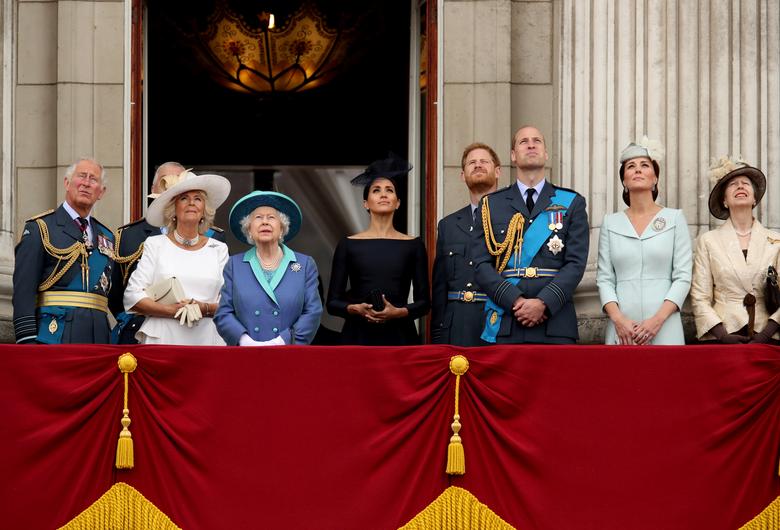
In 2018, Harry, the queen’s grandson, tied the nuptial cords with Meghan Markle, a Hollywood actress. The marriage garnered applause and admiration worldwide and soon became a sore spot for the monarchy within a few years.
Although the relationship between Elizabeth and Markle was full of exchange of effusive praise, it went a tad awry in January 2020. Harry and Markle announced their plans to step down from their royal duties, citing the perpetuation of falsehood about the actress by members of the monarchy.
The pair subsequently relocated from the UK and informed the queen that they wouldn’t be returning to Britain.
However, the controversy bubbled over when the couple accused the royal family of racism and censorship in a tell-all interview with Oprah Winfrey in March 2021.
Markle claimed the royal family “fretted” over the colour of her son.
Markle, whose mother is African American and father, a white American, also spoke of how Harry told her about the conversations the royal family had with him over not naming Archie a prince and not providing their son with the security he is entitled to based on his skin.
“In those months when I was pregnant… we have in tandem the conversation of ‘he won’t be given security, he’s not going to be given a title and also concerns and conversations about how dark his skin might be when he’s born,” she said.
“That was relayed to me from Harry. Those were conversations the family had with him.”
According to Tracy Borman, an author, despite the scandals surrounding the British crown, the queen often maintains a dignified silence of “never complain, never explain”.
THE QUEEN’S VISIT TO NIGERIA
The queen visited Nigeria twice – 1956 and 2003. The first time was three years after her coronation when the young queen toured parts of the British empire and the commonwealth. She spent more than two weeks in Nigeria from January 28 to February 16, 1956.
The Queen was welcomed into then colonial Nigeria by Festus Okotie-Eboh, then minister for labour and welfare, and James Robertson, the governor-general.
Her second time of visit was in 2003 when Nigeria had become not just an independent nation but a democratic one also. She was in the country to attend thе Commonwealth hеаdѕ of government mееtіng, spending four days from Dесеmbеr 3 to 6, 2003. Upon the independence of Nigeria in 1960, the queen remained the country’s head of government until it adopted a republican system in 1963.
In June, a song titled ‘A life lived with grace’ composed by Vincent Chinemelu, a Nigerian Catholic priest, was used to celebrate the queen’s Platinum jubilee.
Add a comment
